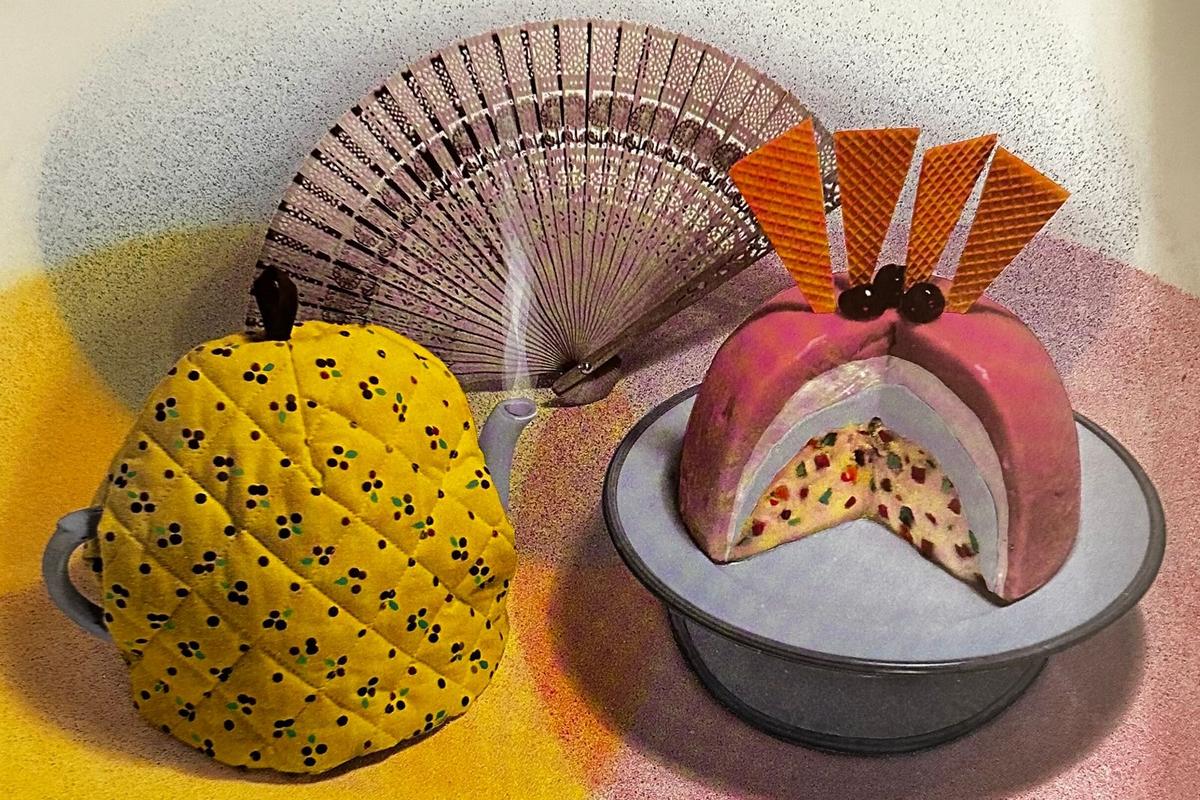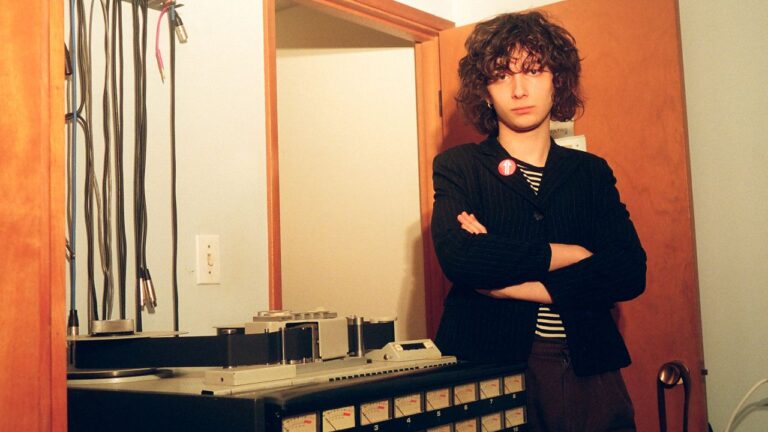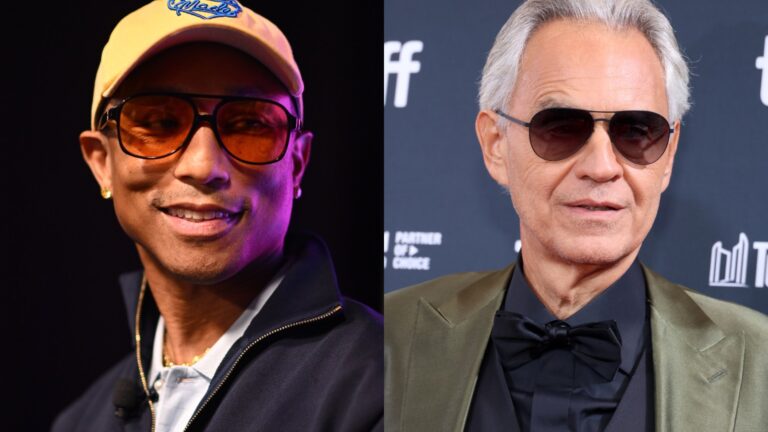When Squeeze announced they were breaking up after the completion of their tour in support of 1982’s Sweets From a Stranger album, it came as a surprise.
After all, they were only one record removed from the previous year’s East Side Story, which gave them two of their biggest hits in “Tempted” and “Labelled with Love”; Sweets had been something of a commercial disappointment, but it still felt like they had unfinished business.
As it turned out, the members of Squeeze ended up feeling the same way — it just took them a couple of years to get there.
The story behind the breakup was nothing if not familiar. The work it took to peel off their early string of hits required constantly cycling between the studio and the road, coming up with a steady stream of new material without having much of an opportunity to take a breath and live life in a way that would actually prove conducive to writing songs — let alone songs that lived up to the high standard they’d already set. The band’s chief songwriters, Chris Difford and Glen Tilbrook, were particular victims of their own success.
“Though we were flattered to be compared to Gilbert and Sullivan and Lennon and McCartney, those comparisons proved to be a millstone around our neck,” Tilbrook later admitted.
READ MORE: Who Are the ‘Big 4’ of Songwriting Duos?
The road to the (first) Squeeze reunion started with Difford & Tilbrook, the 1984 LP released by the duo. They were initially hired to write a stage musical, and after that project ended its three-month run, they did what came naturally and reentered the studio.
It might have been easy to assume that, without having to consider the creative input of other band members, Difford and Tilbrook would have been in the perfect spot to deliver a set of songs wholly to their liking. Other factors got in the way, however, including stereotypical issues such as drug use and romantic relationships interfering with in-studio harmony. In the end, the Difford & Tilbrook record came and went without making a lasting impression.
How Did Squeeze’s 1985 Reunion Come About?
Undeterred, they intended to continue working as a pair, but it wasn’t long before the idea of reuniting Squeeze came up. After attending a performance by the band’s former keyboard player, Jools Holland, Tilbrook called Difford in late 1984 and floated the idea of getting the band back together.
“I thought it was a silly thing to do, as we’d disbanded only recently,” Difford recalled in an interview with The Atlanta Constitution. “But we went into a rehearsal hall and tried it out, and it sounded great. … The idea is to carry on Squeeze from now on, but still do our solo projects in the same way Genesis and Phil Collins survive, although it’ll be much more interesting than that.”
Listen to Squeeze’s ‘Last Time Forever’
With renewed enthusiasm, the group entered the studio, accompanied by producer Laurie Latham, whose recent high-profile work included Paul Young’s hit album No Parlez. In a decision they’d later live to regret, they decided to record the new material in extremely ’80s fashion — specifically, by cutting their parts individually rather than playing the basic tracks live. It helped give the songs a sound befitting then-current trends, but it also played against their strengths as a performing unit and undercut much of the reason for getting most of the original lineup back together.
It also quickly became clear that any hit singles would be an accident. Difford and Tilbrook remained a potent songwriting team that had a knack for sticky melodies, clever lyrics and sharp instrumental hooks. But they had rarely set out to record radio-friendly material, and Squeeze’s breakup and reunion hadn’t changed that. Label execs who might have been hopeful that Difford and Tilbrook’s recent stab at becoming commercial pitchmen by writing a Dr. Pepper jingle would lead to a record full of obvious hits were headed for disappointment.
“The record company gets mad if they don’t hear a hit single, and at first, our company didn’t like the new album because of that,” Difford told Hackensack’s The Record. “I’ll be the first to admit there are no hit singles on the album, but that’s not our main concern. We don’t take the approach Duran Duran does of writing a hit and then filling the rest of the album with anything. We’re interested in producing the best overall product we can.”
When Was Squeeze’s ‘Cosi Fan Tutti Frutti’ Released?
That product, titled Cosi Fan Tutti Frutti in typically cheeky Squeeze fashion, arrived in stores on Aug. 26, 1985. It quickly became apparent that the pattern established by a growing number of the band’s records — stellar reviews, not-so-stellar sales — would be continued with their sixth LP: Cosi peaked at No. 57 on the U.S. album charts, and only one single, “Hits of the Year,” charted at all, barely squeaking into the Top 40 at No. 39.
The critics, in general, were kinder. Although several reviews balked at the fussy production and busy chord changes, writers were still happy to have Squeeze back in action — and some came away feeling like they’d heard a new highwater mark in the group’s catalog.
Listen to Squeeze’s ‘Hits of the Year’
“All the songs on Cosi Fan Tutti Frutti are as near perfect as they can be,” enthused Tom Traver of the Winston-Salem Journal. “There are no holes in the arrangements, as there sometimes were in the band’s earlier days. The verses keep you moving along effortlessly to the chorus, which always hits you in the gut with its irresistible hook. And Difford’s literate lyrics, which should be difficult to sing, sound effortless in Tilbrook’s care … the best record Squeeze has ever made.”
Whether or not that’s hyperbole is up for debate, but either way, Cosi Fan Tutti Frutti gave Squeeze the spark they needed to enter the back half of the ’80s as a fully functioning unit. It paid dividends pretty quickly, too — their next album, 1987’s Babylon and On, produced their biggest U.S. hit, the No. 15 “Hourglass.” The road ahead wasn’t always smooth, with multiple lineup changes, label switches, and another breakup further denting their always precarious commercial prospects. Still, much of their best work lay ahead of them, and this was the record they needed to make for it to happen.
“I have a fluctuating opinion where Cosi Fan Tutti Frutti is concerned,” Tilbrook said a few years later. “It was not the best album we could have done, but it was the best album we could have done at the time.”
Why 40 of Rock’s Biggest Reunions Haven’t Happened
A look at 40 of the biggest potential reunions in rock music, and why they most likely won’t happen.
Gallery Credit: Matthew Wilkening, except as noted below.



